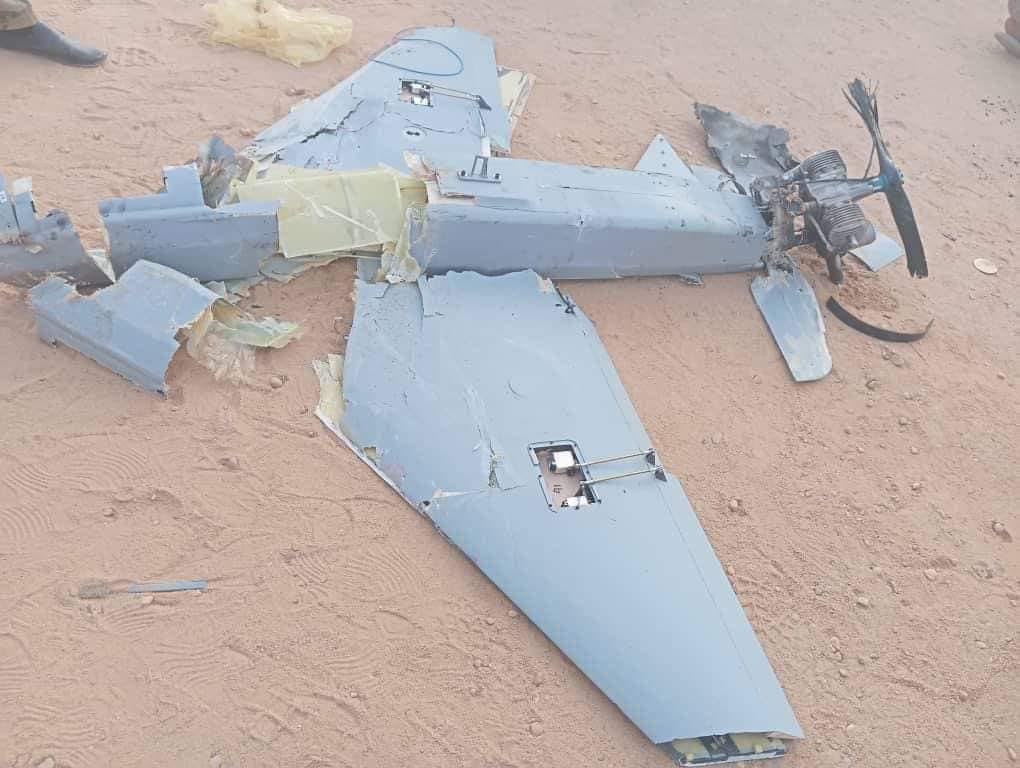The New Players on the Ground
The Escalation of Drone War in Sudan
The Drone War in Sudan is escalating, as both actors are rapidly expanding their drone arsenals, leading to a significant increase in drone attacks. After a year of war, Sudan has witnessed the deployment of various drones for multiple uses. A new player on the ground, a delta-wing kamikaze drone, has sparked widespread speculation on social media. Open source analysts are divided, debating whether it is a Shahid Iranian made drone or a China Sunflower model.

Changes in the Global Weapon Industry
On 14 September 2019, major Saudi Arabian oil facilities in Abqaiq and Khurais were hit by coordinated drone attacks, halting about 50% of the kingdom's oil production, which amounts to 5% of the global daily oil supply. Yemen's Houthi rebels acknowledged orchestrating the strike with drones targeting Saudi Aramco facilities. This incident signals the intensification of the Yemen-Saudi Arabia conflict and illustrates Iran's drone market as a testing ground for new technologies.
Since the onset of the Ukraine war, Russia has been importing drones from Iran. In return, Russia is providing Iran with real-time weapons data, which Iran has begun integrating into their satellite networks. This collaboration has significantly enhanced the testing and refinement of Iranian drone capabilities, making them more effective than ever before.
Economical Dynamics
This partnership has enabled Iran to scale up its drone production, assured by a sustained demand from the Russian market. Additionally, the markets with the greatest potential for Iranian exports across all product categories are China, Iraq, and Turkey. Among these, China shows the largest gap between potential and actual exports in value terms, indicating an opportunity to realize an additional $5.3 billion.
Curl of the Wave
This facilitates the expansion of Iran's manufacturing facilities needed to distribute these drones more broadly. Consequently, drones like the Shahid, known for targeting power systems in Ukraine, are increasingly appearing in conflicts across the Middle East and Africa.
Technological Advancements
The new wave of weapon technology, though not yet highly accurate against moving targets, is advancing rapidly, nearly at the pace of Moore's Law. These weapons, such as the Shahid drone and its variants, can strike specific targets with precision from distances ranging between 5 and 1,000 km, and more advanced models can reach even further. Although their warheads are not as large as those of other aerial weapons systems, they are lethal against undefended targets and are primarily used to attack buildings rather than moving targets.
The Rise of Affordable Kamikaze Drones
The ongoing war in Ukraine has demonstrated that launching these attacks is much cheaper than defending against them. In regions with limited infrastructure and weaker state power, these types of weapons can have a disproportionately large impact.
The value of actual exports based on five-year averages of direct and mirror reports suggests few military or economic assets are significant targets, and those that do exist are vulnerable to drone attacks. Products with the greatest export potential from Sudan to the world are precious metals, oil seeds, and livestock (except poultry). Precious metals show the largest absolute difference between potential and actual exports in value terms, leaving room to realize additional exports worth $633 million.
Strategic Implications
This technological evolution is the kiss of death in armed conflicts. From a strategic perspective, it's not economically sensible to defend fixed positions against such attacks. The more viable strategy is to counterattack using similar weapons, which leads to a cycle of weapon proliferation.
Since around 1990, conflicts in regions like Sub-Saharan Africa, North Africa, the Middle East, and to a lesser extent, Central Asia, have become increasingly severe and bloody. We should expect this trend to continue, not necessarily in direct military engagements but in the ability of a government to function, as the disruption that's going to have to a system that is already weak is fairly extreme.
The split perspective on the drone type or country of origin largely stems from the common knowledge surrounding Shahid drones, highlighting their low cost and simplicity in production even amid severe sanctions and limited industrial resources (a DIY enthusiast can fairly build them at home!) Shahid types of drones aren't uniquely complex and can be easily duplicated. Their frequent association with Iran is due to the country’s ample supplies and readiness to distribute them. Similarly, the Sunflower drone has been garnering attention as another kamikaze drone produced by China. Like most munitions, well-known models are preferred for use. However, their affordability and simplicity mean that tracing these drones, especially those without clear identifying markers like serial numbers, is exceptionally challenging.



